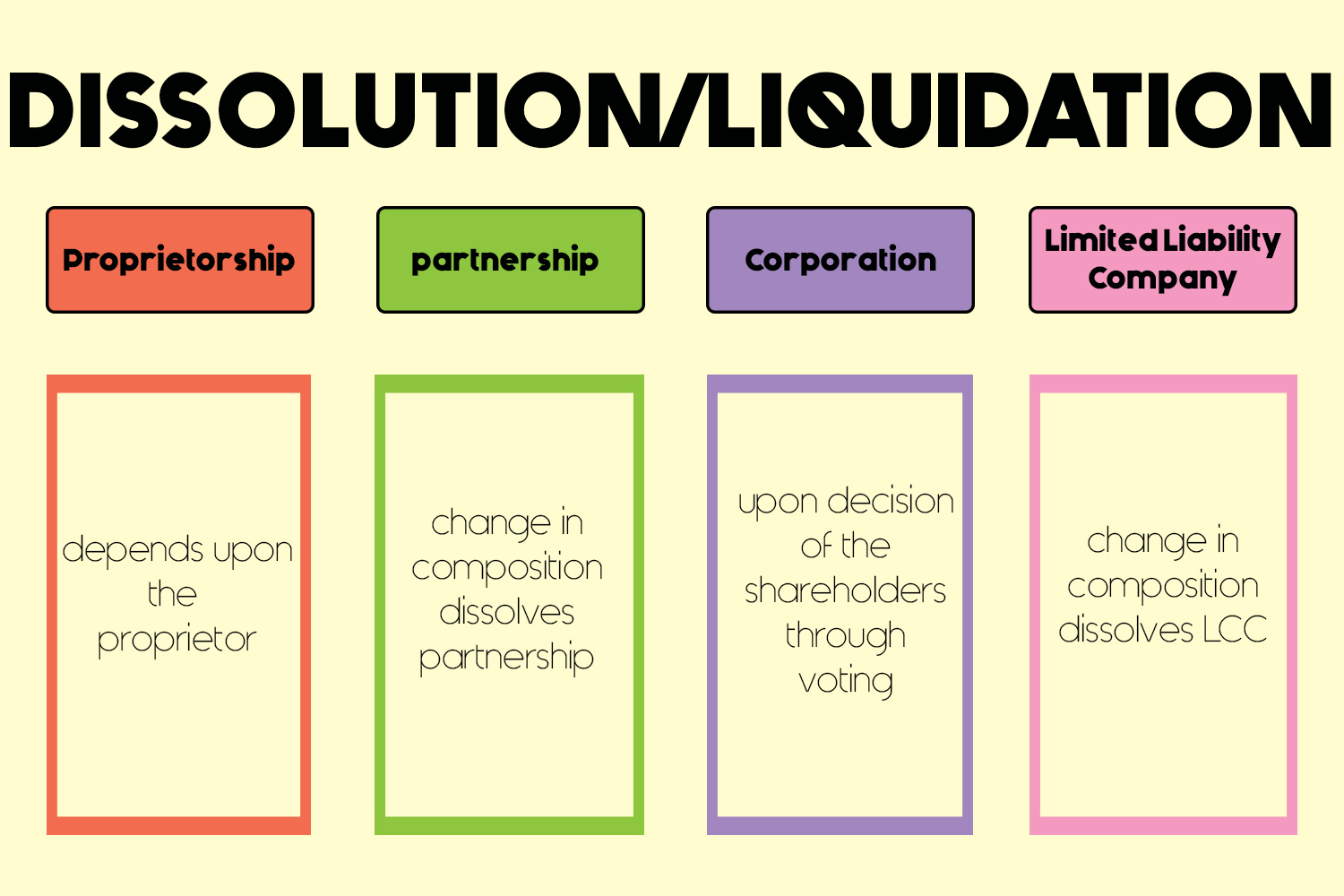Do You Still Obtain Redundancy If Company Goes Into Administration? Insights for Administration Staff and Their Pay
Do You Still Obtain Redundancy If Company Goes Into Administration? Insights for Administration Staff and Their Pay
Blog Article
Business Insolvency Company
7 Preswich Avenue, Leigh, WN7 1RZ
0333 567 1686
Understanding the Repercussions of Company Liquidation on Employee Retention and Benefits

Influence On Task Safety
In case of company liquidation, the influence on work safety and security can be significant for staff members as uncertainty relating to future employment develops. When a firm enters into liquidation, workers encounter the complicated possibility of prospective job loss. This uncertainty can bring about increased anxiety and anxiousness among the workforce, influencing their morale and performance.
During the liquidation procedure, workers may experience a series of emotions, consisting of aggravation, anger, and fear, as they face the opportunity of joblessness. The lack of quality surrounding the timeline of the liquidation and the destiny of their settings can develop a feeling of instability within the labor force.
Moreover, employees may likewise be worried about the status of their advantages, such as health care coverage, retirement strategies, and paid time off, during and after the liquidation procedure. The prospective loss of these benefits includes another layer of complexity to an already challenging situation for employees.
Adjustments in Staff Member Perks
:max_bytes(150000):strip_icc()/GettyImages-1005470094-0b560f58af7c45508be54d84801860b7.jpg)
One typical modification is the reduction or removal of particular benefits to cut costs and resolve arrearages. Company contributions to retirement strategies may discontinue, leaving employees to carry the complete responsibility of saving for their future. Moreover, medical care benefits might be scaled back, resulting in greater out-of-pocket costs for clinical services.
Interaction ends up being critical throughout this duration of transition. Companies must be clear about the changes, giving clear explanations and aid to aid employees browse via the adjustments. Open discussion and assistance can help minimize anxiousness and uncertainty among the labor force, fostering a much more favorable transition experience in spite of the tough situations.
Retention Strategies Post-Liquidation
Following the company liquidation, implementing efficient retention strategies is vital to guarding organizational ability and maintaining stability within the workforce. In times of uncertainty, employees may really feel anxious about their future job safety and security and be a lot more inclined to seek alternative employment possibility. To mitigate this risk, firms need to concentrate on open interaction, supplying transparency concerning the company's situation, and offering assistance to staff members throughout the shift period.
One trick retention strategy post-liquidation is to focus on employee health and morale. Additionally, using profession growth possibilities and upskilling programs can increase staff member motivation and involvement during tough times.
Moreover, establishing a clear job development course and setting read sensible goals can give staff members a feeling of instructions and function within the business (do employees get paid when company goes into liquidation). By buying employee advancement and actively including them in decision-making procedures, organizations can boost employee retention rates and develop a resilient labor force post-liquidation
Legal Rights and Securities
Throughout the aftermath of business liquidation, it is crucial to address the legal rights and defenses available to staff members to make sure a certified and reasonable process. Workers dealing with task loss as a result of liquidation have actually specific civil liberties protected by employment laws. These civil liberties include privileges to unsettled salaries, severance pay if applicable, and accumulated getaway or sick leave payments. It is important for staff members to recognize these legal rights and look for legal recommendations if required to navigate the complexities of the liquidation process.
In addition, in instances where a business goes right into liquidation, workers are usually considered preferential lenders, granting them higher top priority in getting outstanding repayments over other financial institutions. Recognizing these lawful civil liberties and securities is basic for workers to guard their interests and visit here seek suitable option in the event of firm liquidation - administration staff.
Coping With Financial Uncertainty
Navigating economic uncertainty can be an overwhelming difficulty for workers impacted by company liquidation. During such times, it is important for staff members to examine their existing monetary situation realistically.
It is important for staff members to remain educated about their entitlements, such as severance bundles or outstanding repayments, to guarantee they obtain what they are owed. By proactively dealing with monetary difficulties, workers can browse via the unpredictability created by company liquidation with greater resilience and preparedness.
Conclusion
In final thought, business liquidation can have substantial effects on staff member job safety, advantages, and total well-being. It is vital for companies to apply retention strategies and provide support to workers throughout my review here this unclear time. Recognizing legal rights and defenses can assist alleviate the effect of liquidation on workers. Dealing with monetary uncertainty requires a proactive strategy and interaction from both employees and companies to browse with the challenges efficiently.
When a business faces liquidation, the destiny of its workers hangs in the equilibrium, increasing vital questions concerning task protection, benefits, and long-term security. The impact of business liquidation on employee retention and advantages is a multifaceted concern that demands a more detailed exam to comprehend the complete scope of its effects.
Navigating economic uncertainty can be a difficult difficulty for workers impacted by firm liquidation. By proactively resolving monetary difficulties, employees can navigate through the unpredictability triggered by company liquidation with better strength and preparedness.

Report this page